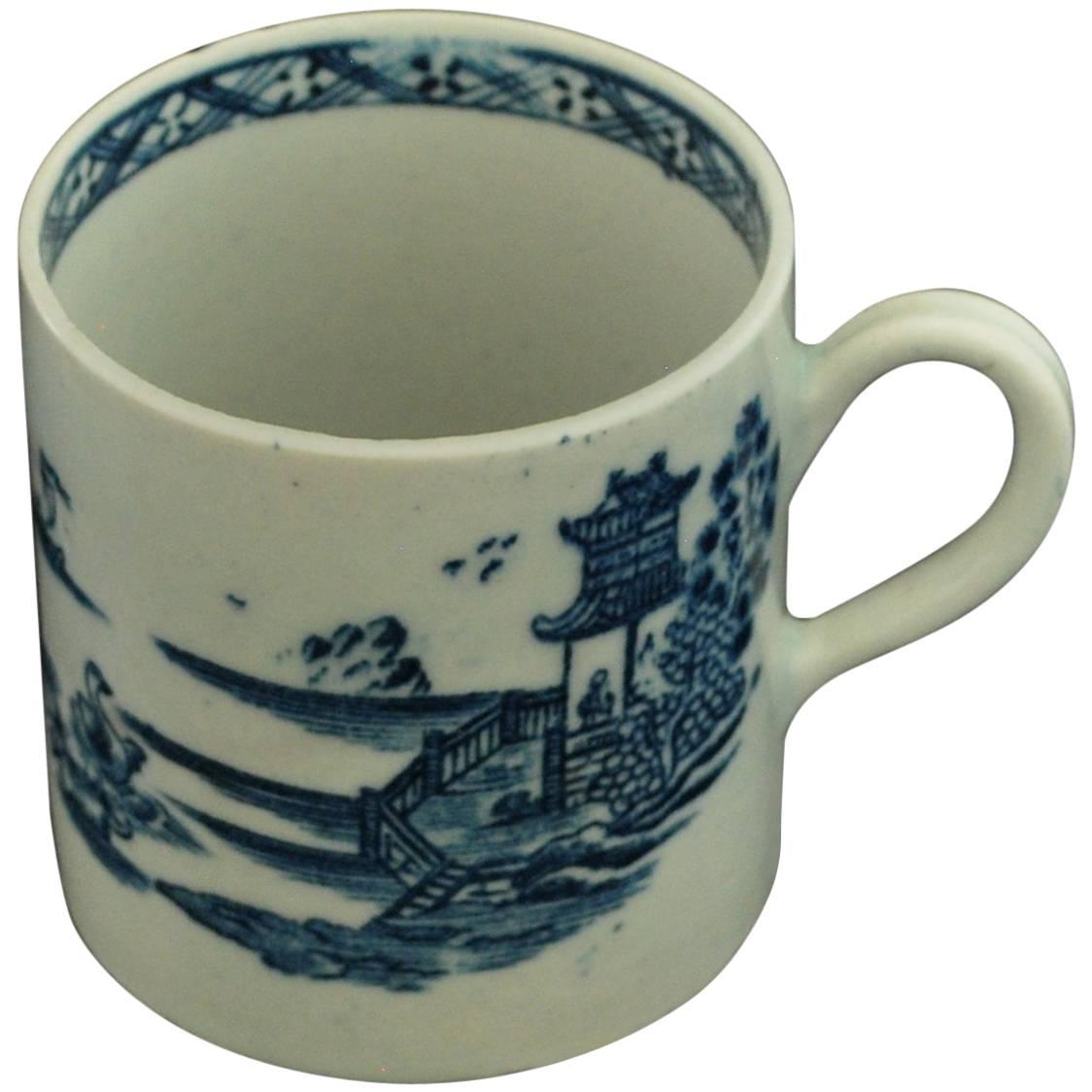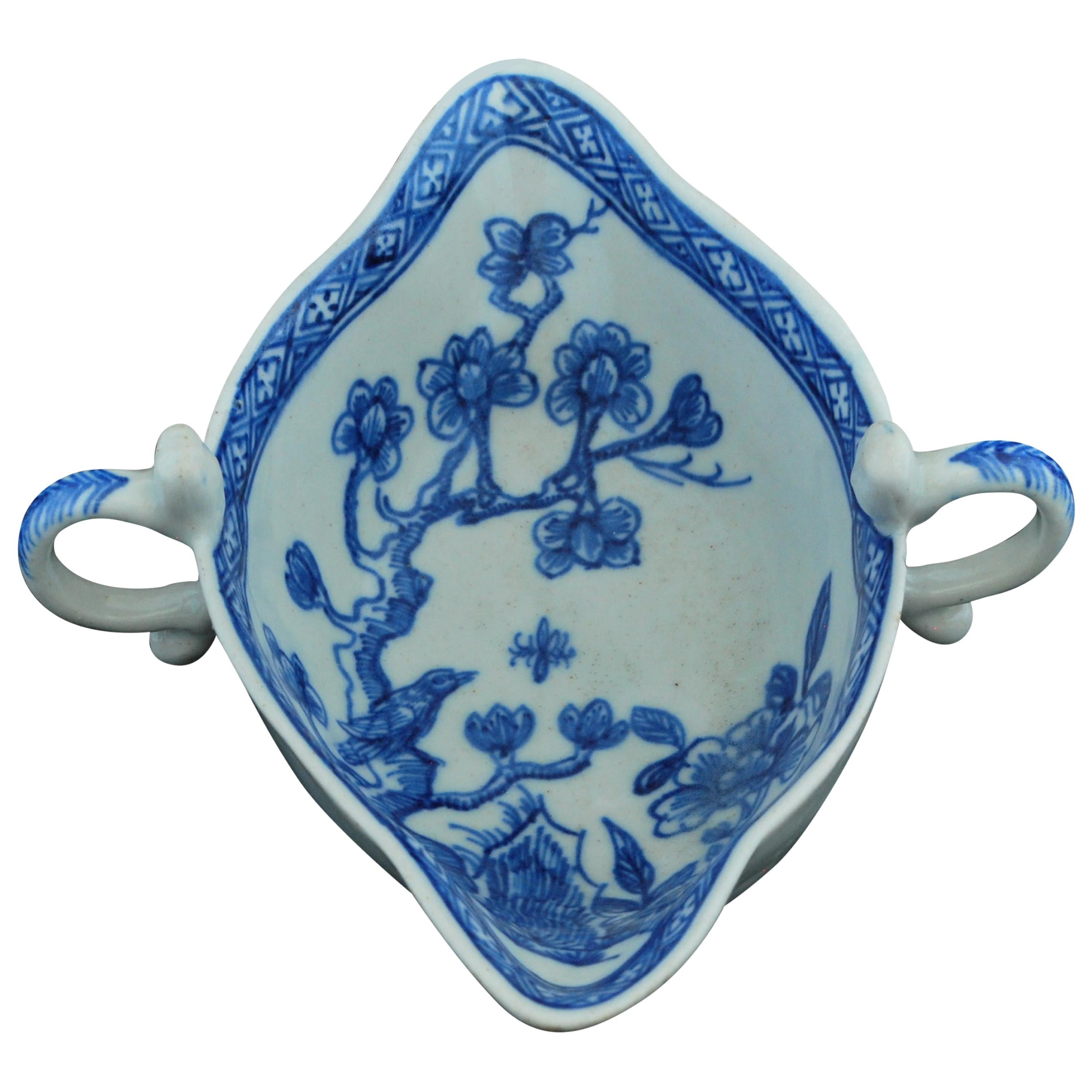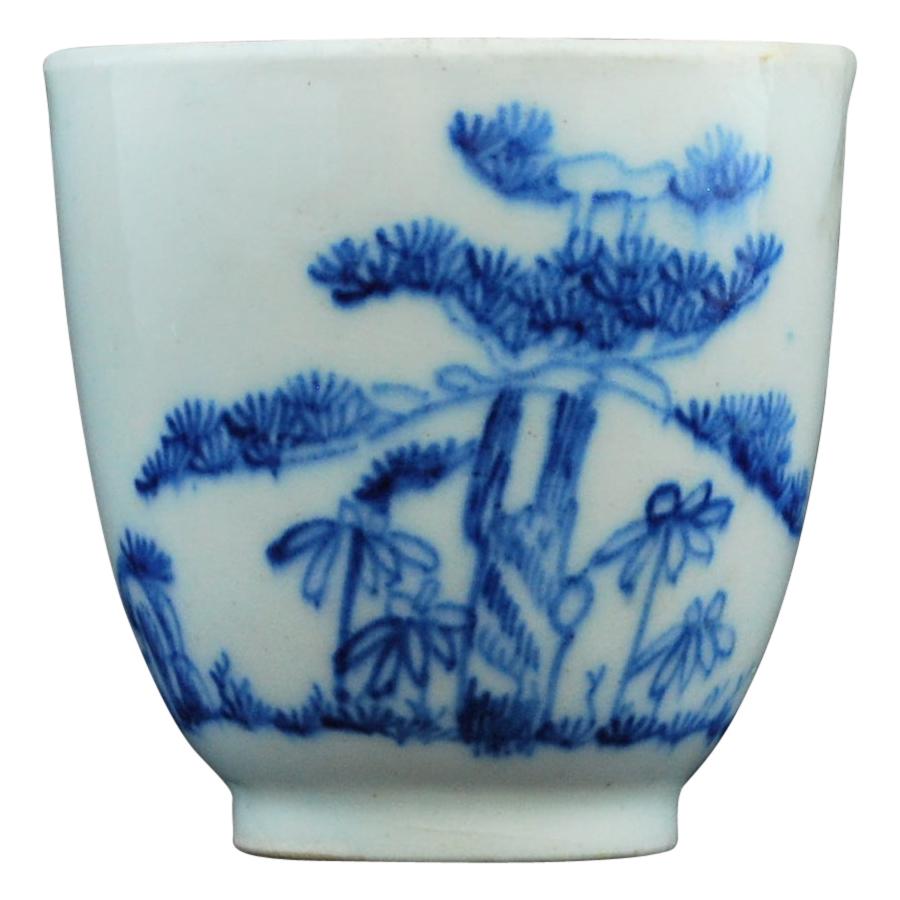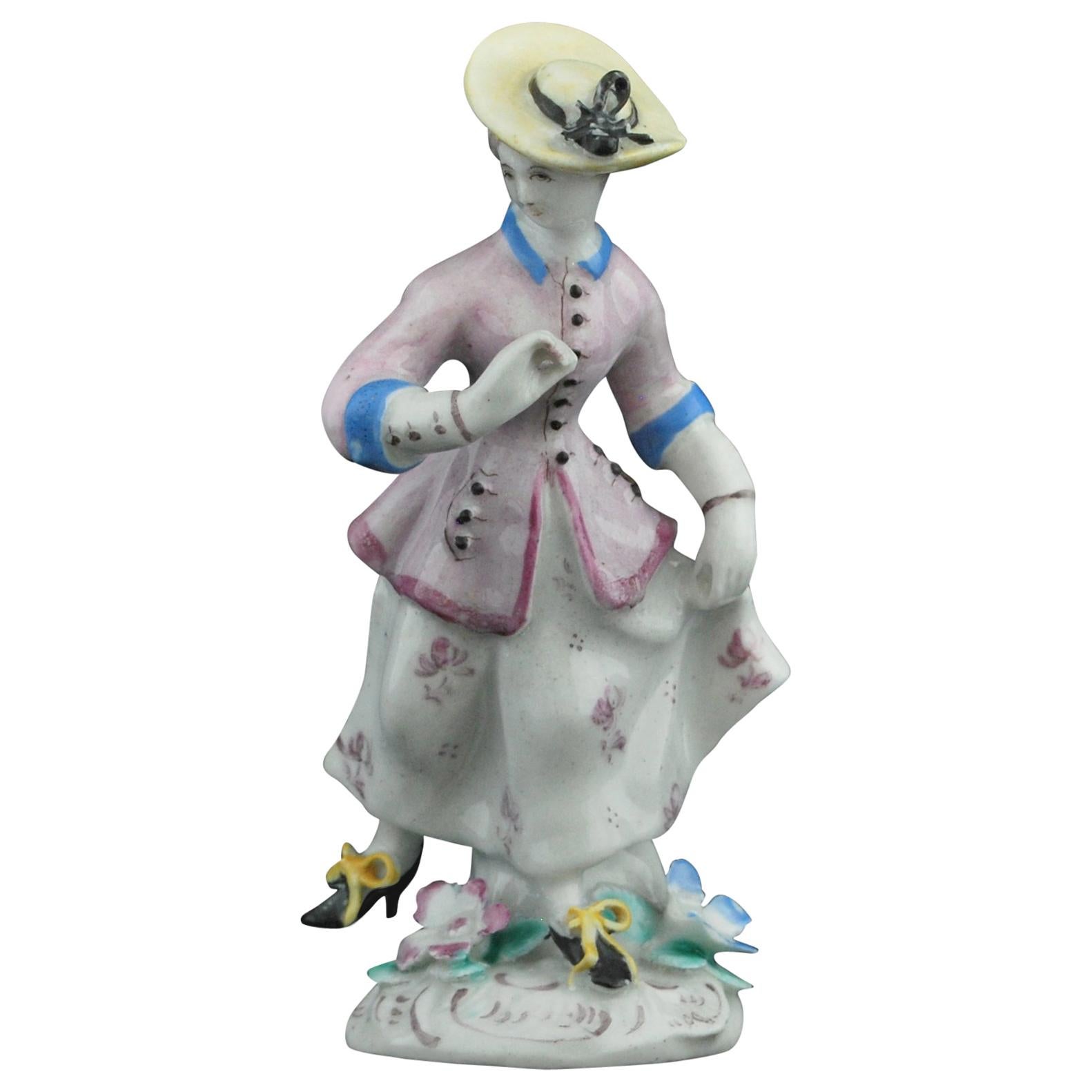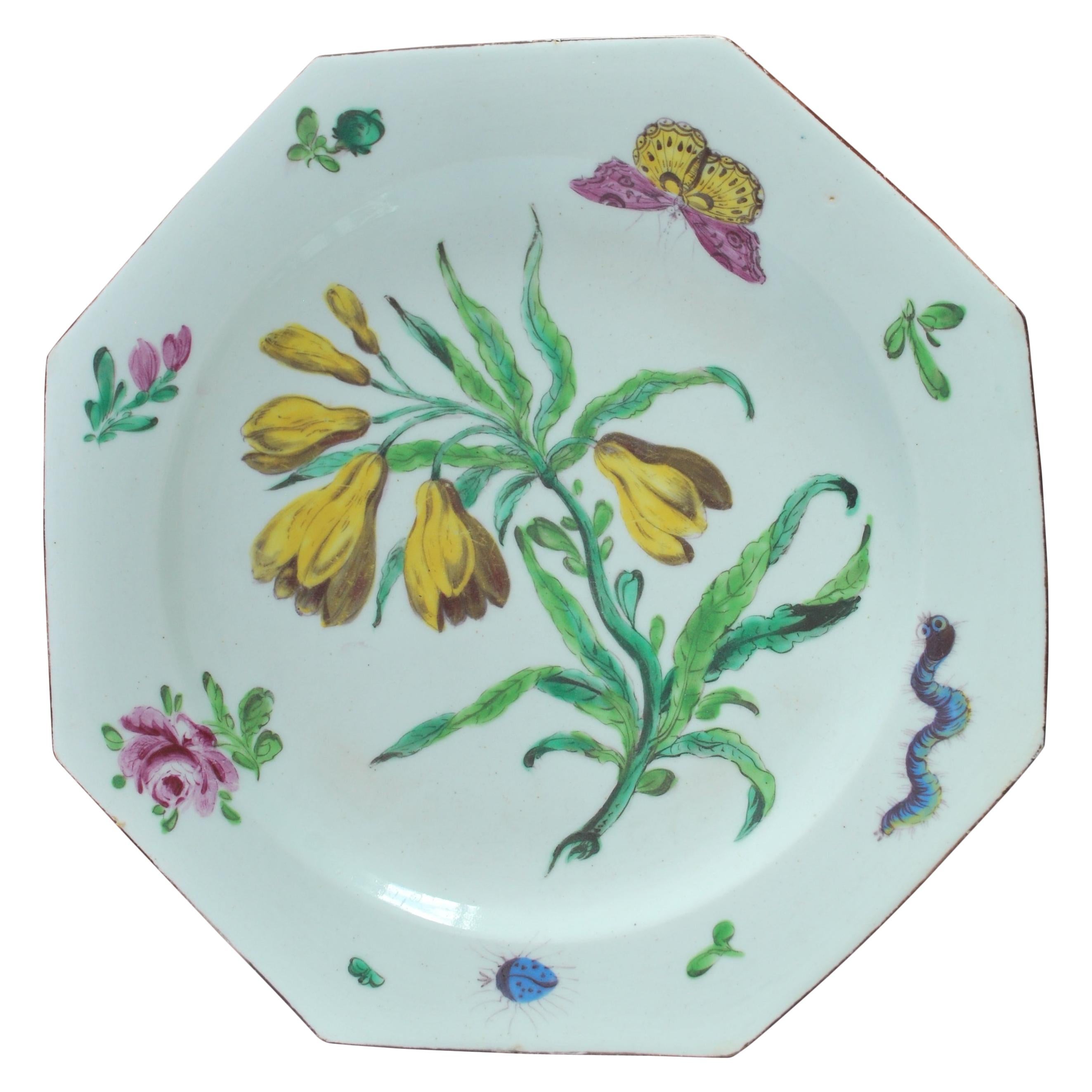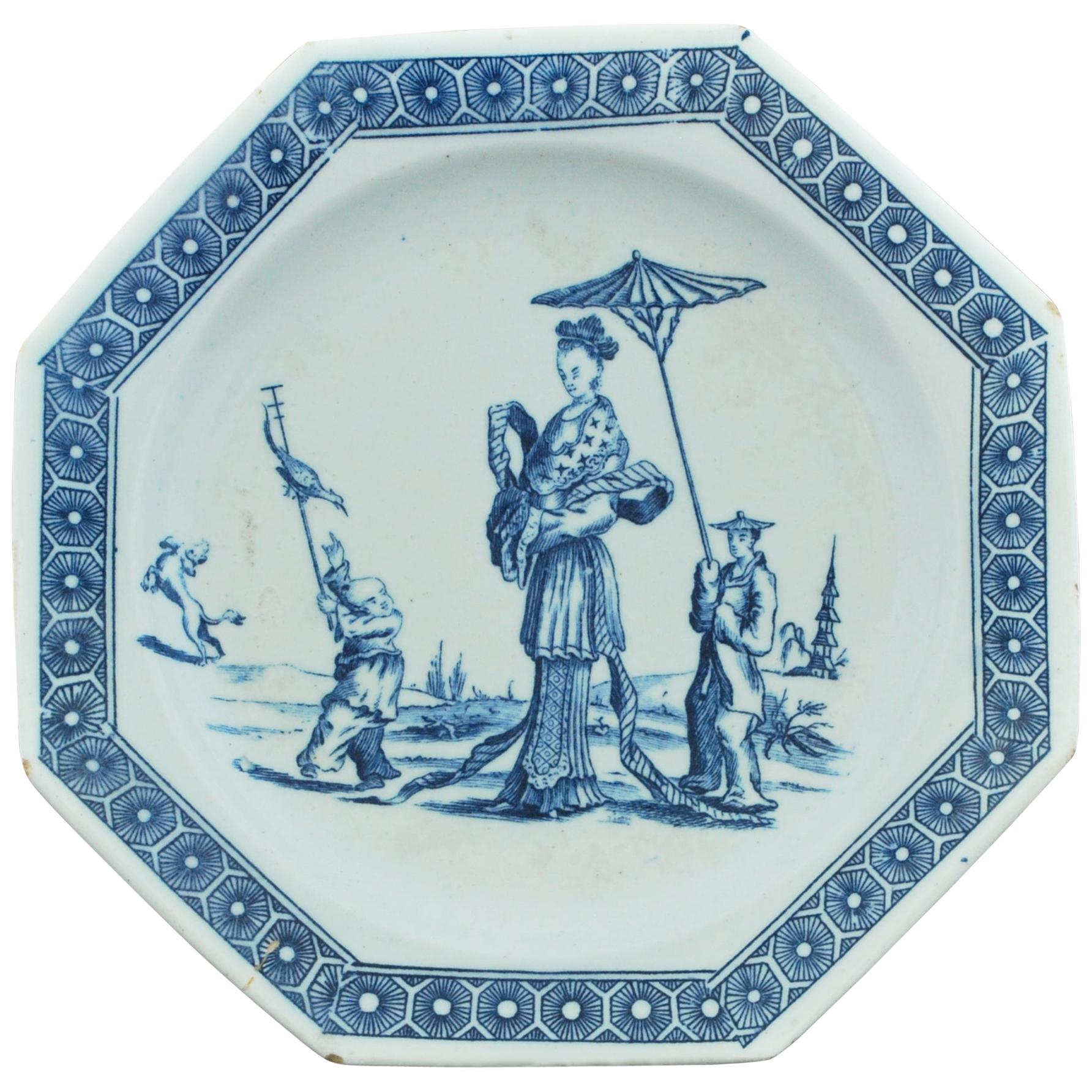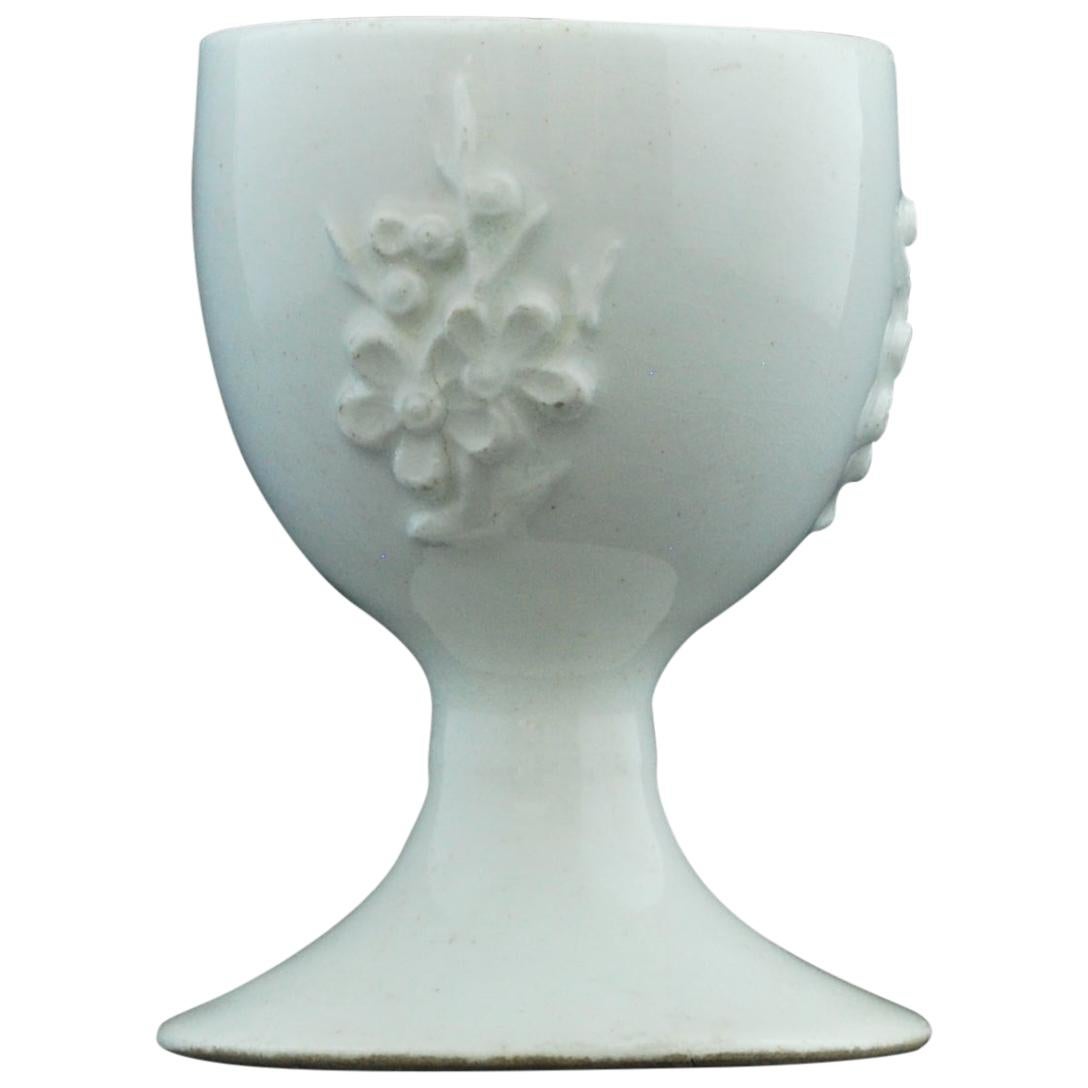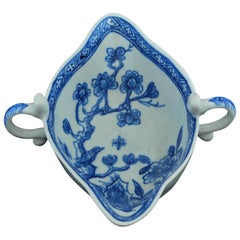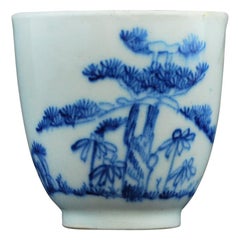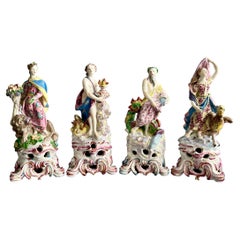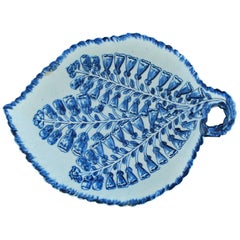
Blue and White Dish, Foxgloves, Bow Porcelain Factory, circa 1765
View Similar Items
Want more images or videos?
Request additional images or videos from the seller
1 of 3
Blue and White Dish, Foxgloves, Bow Porcelain Factory, circa 1765
About the Item
- Creator:Bow Porcelain (Maker)
- Dimensions:Height: 10.3 in (26.17 cm)Width: 6 in (15.24 cm)Depth: 1 in (2.54 cm)
- Style:Rococo (Of the Period)
- Materials and Techniques:
- Place of Origin:
- Period:
- Date of Manufacture:circa 1765
- Condition:Chip to inside of footrim, flake to rim.
- Seller Location:Melbourne, AU
- Reference Number:Seller: 48951stDibs: LU3151310386563
About the Seller
5.0
Gold Seller
These expertly vetted sellers are highly rated and consistently exceed customer expectations.
Established in 2005
1stDibs seller since 2017
69 sales on 1stDibs
Typical response time: 3 hours
More From This SellerView All
- Coffee Can, Blue and White "Swans & Pagoda", Bow Porcelain, circa 1765By Bow PorcelainLocated in Melbourne, VictoriaDecorated with an under-glaze blue print of a Chinese landscape, featuring a man at the window of a pagoda, admiring swans on the lake. Bow didn't produce very much in the way of ...Category
Antique Mid-18th Century English Chinoiserie Porcelain
MaterialsPorcelain
- Blue and White Sauce Boat, Bow Porcelain Factory, circa 1751By Bow PorcelainLocated in Melbourne, VictoriaOf silver form; oval, double lipped, and with scroll handle with stylized mask to each side. The interior painted in blue underglaze with a songbird on a branch, a peony and an inner...Category
Antique Mid-18th Century English Chinoiserie Porcelain
MaterialsPorcelain
- Coffee Cup, Bow Porcelain Factory, circa 1749By Bow PorcelainLocated in Melbourne, VictoriaOf Chinese export form with loop handle; the body imaginatively painted in a bright ‘early blue’ underglaze with pine, rock and bamboo after the Chinese. Yellow tinged body; clear gl...Category
Antique Mid-18th Century English Rococo Porcelain
MaterialsPorcelain
- Coffee Pot, Bow Porcelain Factory, circa 1767By Bow PorcelainLocated in Melbourne, VictoriaCoffee pot, circa 1765-69: Coffee pot and cover of silver form with domed cover; the body of the pot and dome of the cover pineapple moulded between rims painted in blue with cell an...Category
Antique Mid-18th Century English Rococo Porcelain
MaterialsPorcelain
- Decorative Basket, Bow Porcelain Factory, circa 1760By Bow PorcelainLocated in Melbourne, VictoriaA pierced basket standing on a well-formed rococo base. Perhaps for potpourri, although the internal decoration suggests another use. We think probably oranges, chestnuts, etc. Pr...Category
Antique Mid-18th Century English Rococo Figurative Sculptures
MaterialsPorcelain
- Figure: Running Girl, Bow Porcelain Factory, circa 1756By Bow PorcelainLocated in Melbourne, VictoriaSmall figure of a young woman wearing a puce-sprigged white skirt, lifted slightly with her left hand, pale pink jacket with typical Bow opaque blue collar and cuffs. We've called...Category
Antique Mid-18th Century English Rococo Porcelain
MaterialsPorcelain
You May Also Like
- Bow Complete Set of Porcelain Figures "The Four Elements", Rococo, circa 1765By Bow PorcelainLocated in London, GBThis is a very rare and impressive complete set of large figures called The Four Elements, made by the Bow Porcelain factory in about 1765. It consists of Ceres representing Earth, V...Category
Antique 1760s English Rococo Figurative Sculptures
MaterialsPorcelain
$5,480 Sale Price / item20% OffFree Shipping - Bow Porcelain Figure of Juno with Eagle 'Jupiter', Rococo Ca 1765By Bow PorcelainLocated in London, GBThis is a very rare and impressive large figure of Juno with an eagle, made by the Bow Porcelain factory in about 1765. This figure formed part of a series of the Four Elements, with...Category
Antique 1760s English Rococo Figurative Sculptures
MaterialsPorcelain
$2,400 Sale Price20% OffFree Shipping - Bow Porcelain Orphaned Coffee Cup, Famille Rose Peony, circa 1755By Bow PorcelainLocated in London, GBThis is a very charming orphaned coffee cup made by the Bow Porcelain factory in about 1755. The cup is decorated in a Chinese "famille rose" peony pattern. This cup would have been part of a large tea service, and the tiny size shows how expensive coffee was in the 18th Century. The Bow Porcelain Factory was one of the first potteries in Britain to make soft paste porcelain, and most probably the very first to use bone ash, which later got perfected by Josiah Spode to what is now the universally used "bone china". Bow was the main competitor of the Chelsea Porcelain Factory, but where Chelsea made very fine slipcast porcelain, Bow made a different soft paste porcelain that tended to be softer and could be pressed into moulds. Bow served a larger public generally at lower prices. The factory was only in operation between 1743 and 1774, after which the tradition got incorporated into some of the later famous potteries such as Worcester and Derby. The cup is unmarked, which is normal for Bow items of this era. Condition report the cup is in excellent condition without any damage or repairs. There are various glazing imperfections, which are quite normal for porcelain of this era. Antique British porcelain...Category
Antique 1750s English Rococo Tea Sets
MaterialsPorcelain
- Bow Porcelain Ocagonal Fan-Panelled Landscape Pattern Dish c1760By Bow PorcelainLocated in Tunbridge Wells, GBHeading : Bow porcelain octagnoal, fan panelled, underglaze powder blue, landscape pattern dish Date : c1760 Period : George III Marks :Faux Chinese marks Origin : New Canton - then...Category
Antique 1760s British George III Porcelain
MaterialsPorcelain
- Bow Porcelain Figure of Boy or Putto on C-Scroll Base, Georgian circa 1760By Bow PorcelainLocated in London, GBThis is a wonderful little figure of a boy or putto made by the Bow Porcelain factory in about 1760. The Bow Porcelain Factory was one of the first potteries in Britain to make soft...Category
Antique 1760s English Rococo Figurative Sculptures
MaterialsPorcelain
$716 Sale Price28% OffFree Shipping - Bow Pair of Porcelain Figures, Arlecchino and Columbina, Rococo ca 1758By Bow PorcelainLocated in London, GBThis is a wonderful pair of figures of Arlecchino and Columbina, made by the Bow Porcelain factory in about 1758. These figures formed part of a series of the Commedia dell'Arte, a very popular series of theatrical figures that served as decoration at the dinner table in the 18th Century. The Bow Porcelain Factory was one of the first potteries in Britain to make soft paste porcelain, and most probably the very first to use bone ash, which later got perfected by Josiah Spode to what is now the universally used "bone china". Bow was the main competitor of the Chelsea Porcelain Factory, but where Chelsea made very fine slipcast porcelain, Bow made a different soft paste porcelain that tended to be softer and could be pressed into moulds. Bow served a larger public generally at lower prices. The factory was only in operation between 1743 and 1774, after which the tradition got incorporated into some of the later famous potteries such as Worcester and Derby. These figures were used to adorn the dinner table when dessert was served; groups of figures served to express something about the host, the guests, or to direct the conversation. The Italian Commedia Dell'Arte, a comical form of masked theatre, was very popular in those days and Bow copied many figures of the German Meissen series that were brought out in the decades before. This pair dates from about 1758, which was at the height of Bow's ability to make beautiful figurines often copied from Chelsea or Meissen. The pair is modelled after a Meissen pair by Kaendler. The porcelain is translucent with a beautiful milky glaze - Bow was probably the first pottery using bone in its porcelain recipe. Arlecchino (Harlequin) is playing the bagpipes, dressed in an odd costume of mismatched chintz and playing cards and wearing a funny black trumpet...Category
Antique 1750s English Rococo Figurative Sculptures
MaterialsPorcelain
$2,880 Sale Price / set20% OffFree Shipping
